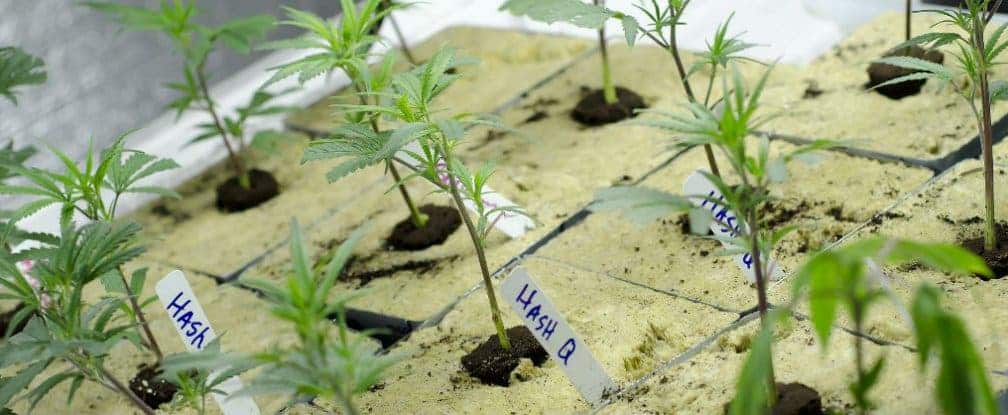Scientists have genetically modified yeast to produce the main psychoactive substance in marijuana, THC. Responsible for most of weed’s effects (including the high), THC can also be used for medical purposes, to treat symptoms of HIV infection and chemotherapy.
Tetrahydrocannabinol (THC), or to be more precise, its main isomer (−)-trans-Δ9-tetrahydrocannabinol is the principal psychoactive constituent of cannabis. In April 2014 the American Academy of Neurology published a systematic review of the efficacy and safety of medical marijuana and marijuana-derived products in certain neurological disorders, identifying 34 studies that meet the necessary criteria and that document its potential medical uses.
“This is something that could literally change the lives of millions of people,” Kevin Chen from Hyasynth Bio, a US-based company that’s been engineering yeasts to produce both THC and cannabidiol – another active compound that has shown promise as a medical treatment – said in a statement.
Researchers from the Technical University of Dortmund in Germany published their results in the journal Biotechnology Letters. They looked into which genes of the marijuana plant produce THC, and then engineered those genes into yeast, which now creates THC itself.
The goal here isn’t just to create THC – because you know, marijuana is doing a pretty good job at that – but to find a better way to create THC in countries where the growth of marijuana is illegal even for research purposes. Synthetic versions of the substance are currently available, but the goal of the German researchers was to find a more efficient and cheaper way of producing it. Yasmin Hurd, a professor of neuroscience and psychiatry at Icahn School of Medicine at Mount Sinai, told Tech Insider that using all the compounds in marijuana simultaneously is like “throwing 400 tablets in a cocktail and saying ‘take this,'” rather than figuring out which component of that cocktail is really beneficial for the specific disease. We need to somehow figure out what compounds have medical potential. Hopefully, this yeast will help.
Despite the recent surge in the news about cannabis’ medical properties, there is a limited evidence that it is actually effective against the conditions it is currently prescribed for. Researchers are currently trying to delimitate its actual benefits from wishful thinking.
Journal Reference: Bastian Zirpel, Felix Stehle , Oliver Kayser – Production of Δ9-tetrahydrocannabinolic acid from cannabigerolic acid by whole cells of Pichia (Komagataella) pastoris expressing Δ9-tetrahydrocannabinolic acid synthase from Cannabis sativa l. Biotechnology Letters










